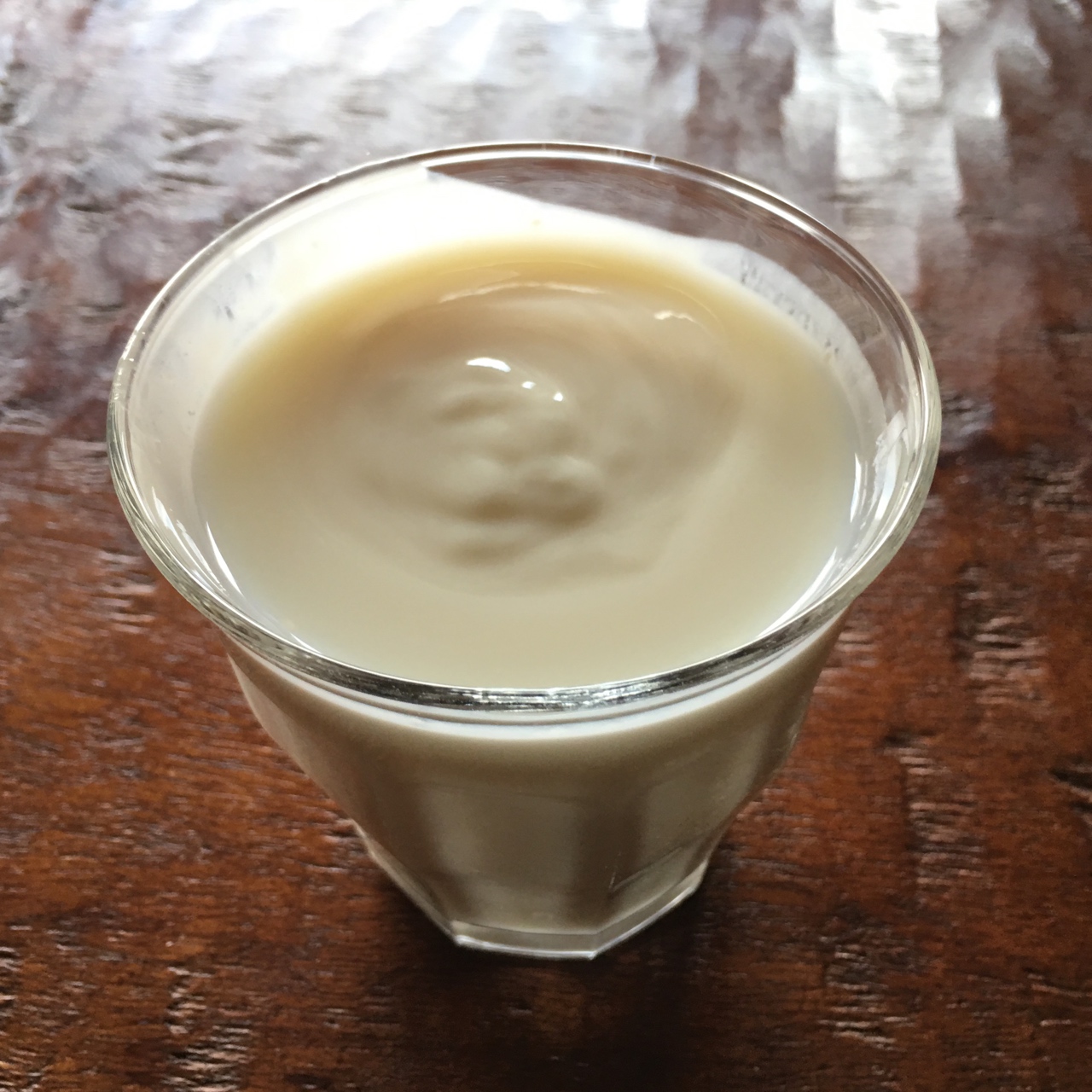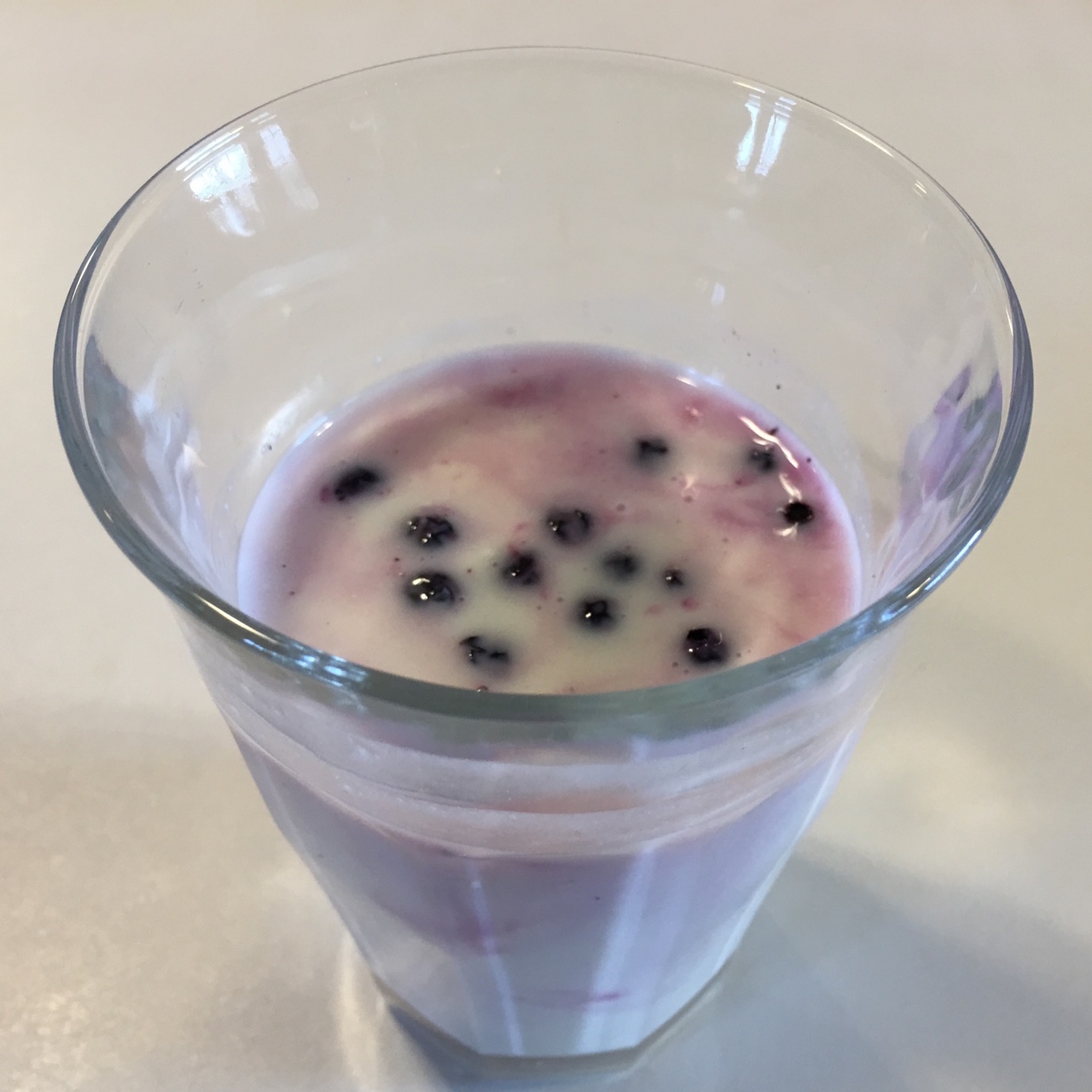
Perhaps you’ve heard of milk kefir? It’s a mesophilic culture that eats milk sugar (lactose) to produce a delicious, creamy cultured beverage that’s full of probiotic goodness. What’s mesophilic? It just means that the culture works best at a moderate temperature, like room temperature. Yogurt, on the other hand, is a thermophilic culture, meaning that it needs higher temperatures to work properly – which is why the milk is used in yogurt is heated. While milk kefir may look and taste somewhat similar to yogurt, I believe that the ease in making milk kefir gives it a major advantage over making yogurt. In addition, I’ve found that cold fermenting it can produce a wonderful product that’s superior to room-temperature culturing and that will allow you to keep milk kefir production manageable.
I started with a small amount of the rubbery culture that is milk kefir “grains”. These original grains grew like crazy and I soon found myself with more milk kefir than I could drink or use. I needed to find a way to slow the process down – a 24 hour turnaround was far too fast. I started by putting the grains in fresh milk then leaving them in the refrigerator for a couple of weeks. This seemed to be a manageable schedule and produced the perfect amount of milk kefir. I had read that putting the grains in the fridge too often could damage them; presumably, the cold was detrimental to the microbes. I would periodically take the grains out and let them culture at room temperature to ensure that they remained happy and active.

Over time, I noticed was that the milk kefir that was produced by the refrigerated culturing was thicker, creamier, and less tangy than the quicker room-temperature culture, which seemed to separate very quickly. The grains continued to grow, and taking the jar out of the fridge about 24 hours prior to actual harvest (straining out the grains and putting them in fresh milk) seems to keep them very active. The finished milk kefir is still delicious, and after a few days in the fridge (like a cold second ferment), the whey on the bottled milk kefir rises to the surface and can be easily poured off and used in making other ferments, like sauerkraut. I’ve also noticed that the milk kefir often becomes slightly effervescent after a second ferment – very enjoyable!

Milk kefir, especially when cold-cultured, is delicious in its own right, but you may wish to add fresh or preserved fruit for a second ferment. If you like eating flavored yogurt from the grocery store, plain milk kefir may taste very sour in comparison – primarily because the yogurt from the store (and even commercially-produced milk kefir) often contains sweeteners – check the food label. If you find your homemade milk kefir is simply too sour, try adding a little maple syrup, honey, or a small amount of a natural sweetener. Milk kefir can also be used to make fantastic pancakes, biscuits, farmer’s cheese (a soft, spreadable cheese), and other edibles.
How do you like your milk kefir? Tell us about it in the comments!
